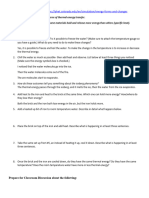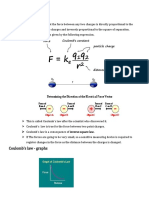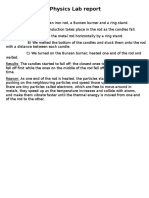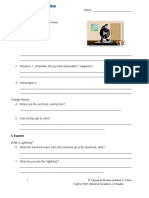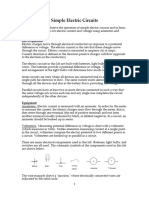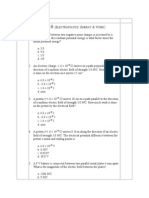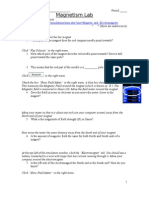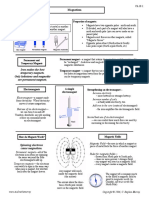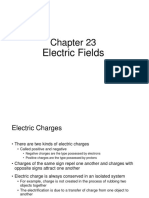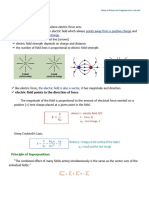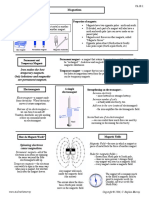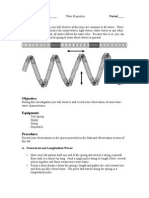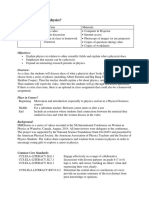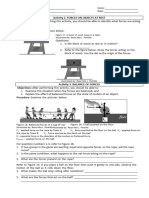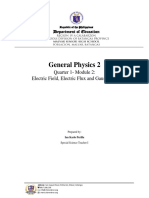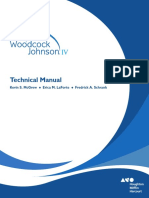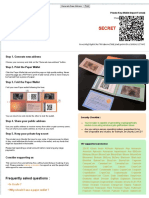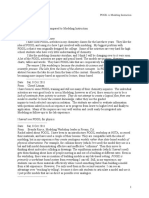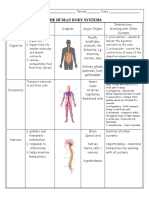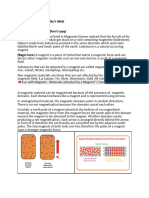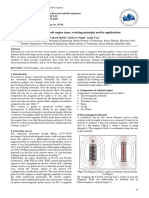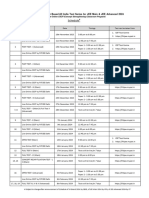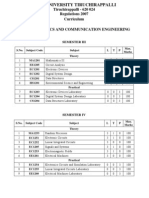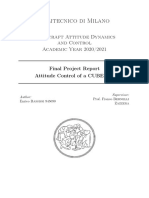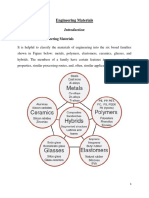0% found this document useful (0 votes)
951 views1 pagePOGIL-style PhET Generator Simulation Analysis
This document describes a simulation that models how magnets and magnetic fields interact with electrons in wires to generate electric current. It explains that a magnet creates a magnetic field, with the strongest force near the magnet. When the magnet moves near a coil of wire, the magnetic field causes the electrons in the wire to move in a circular pattern, generating an electric current that flows in one direction as the magnet approaches and the opposite direction as it moves away. The stronger the magnetic field or the more loops in the coil, the greater the voltage generated. By moving a magnet near a coil of wire, the simulation demonstrates how a generator uses magnetic fields and the motion of electrons to produce electric current from mechanical motion.
Uploaded by
Sharmet SolarzCopyright
© © All Rights Reserved
We take content rights seriously. If you suspect this is your content, claim it here.
Available Formats
Download as DOCX, PDF, TXT or read online on Scribd
0% found this document useful (0 votes)
951 views1 pagePOGIL-style PhET Generator Simulation Analysis
This document describes a simulation that models how magnets and magnetic fields interact with electrons in wires to generate electric current. It explains that a magnet creates a magnetic field, with the strongest force near the magnet. When the magnet moves near a coil of wire, the magnetic field causes the electrons in the wire to move in a circular pattern, generating an electric current that flows in one direction as the magnet approaches and the opposite direction as it moves away. The stronger the magnetic field or the more loops in the coil, the greater the voltage generated. By moving a magnet near a coil of wire, the simulation demonstrates how a generator uses magnetic fields and the motion of electrons to produce electric current from mechanical motion.
Uploaded by
Sharmet SolarzCopyright
© © All Rights Reserved
We take content rights seriously. If you suspect this is your content, claim it here.
Available Formats
Download as DOCX, PDF, TXT or read online on Scribd
/ 1
